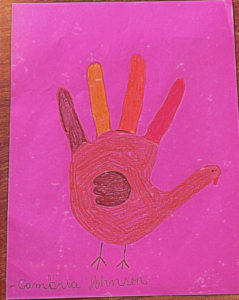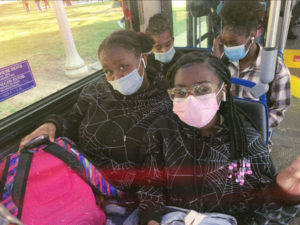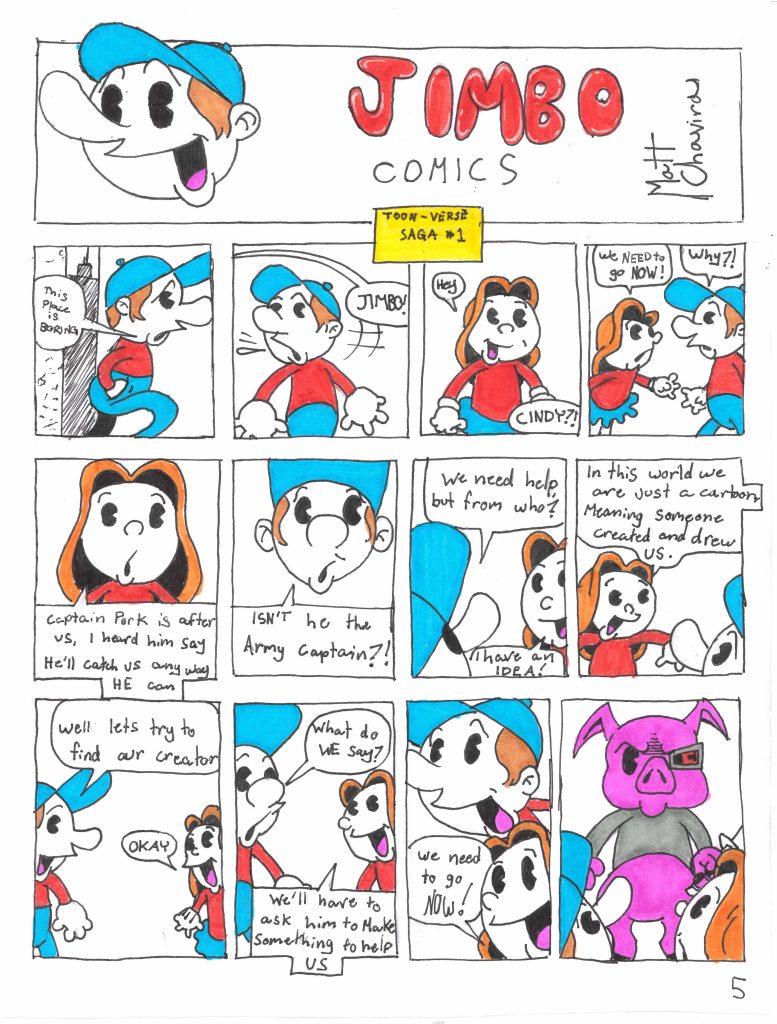Teen Identity
Although identity is simply defined as, “the distinguishing character or personality of an individual” by the Merriam-Webster dictionary, identity has always been a big subject for teenagers.
High school is a place many people associate with the challenging and development of self. Important decisions, opposing opinions, differing values, and exposure too many new people can cause people to question themselves or cause themselves to change.
In addition, stereotypes are widespread in many high schools, and students sometimes struggle to break out of the identity they have been given by their peers.
Kevin Floress, UHS councilor, said that the definition of self is often times closely tied with other unique things about a person, such as their religion or culture.
“Identity is unique to each person” said Floress.
Joe Wiemelt, UHS principal, said, factors such as friends, peers, family, economic situation, values, education, religion, and culture weigh in heavily on one’s character.
“Identity is something that is an ongoing development of one’s self,” Wiemelt said.
“A person can embrace and be proud of who they are, but be judged negatively by others,” Timothy Broeker, English and drama teacher, said.
To combat student’s struggle with who they are, every year Urbana High School does projects based on selfhood in English classrooms.
This not only allows students to express their unique identities, but also it allows them to get to know one another.
In Freshmen English classes, students are asked how family, race, class and gender impact their identities, for example, while Sophomores discuss what it means to be a global citizen and explore their “flow,” as juniors write six word memoirs and Seniors dig deep into identity and community.
“Through discussion of identity, teachers are often given a glimpse into students’ lives outside of the classroom,” said Felicia Defries, a Sophomore English teacher.
A fully formed identity allows people to make difficult decisions about their future that will affect their future uniqueness, and therefore, according to Wiemelt, “We have to be responsive to all of our students and all of our students’ strengths and weaknesses and abilities… If we don’t truly know our students and their identity, we can’t be very responsive to them.”










